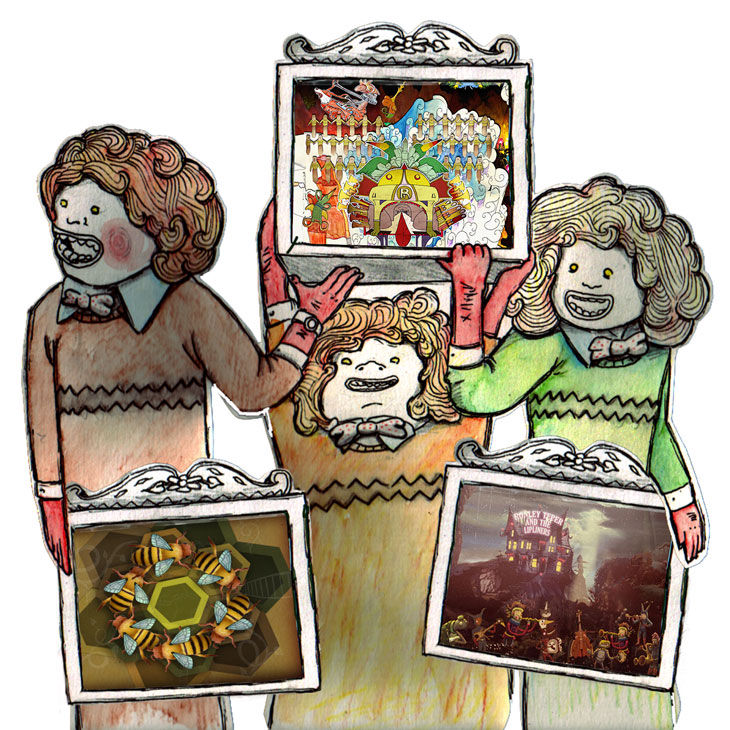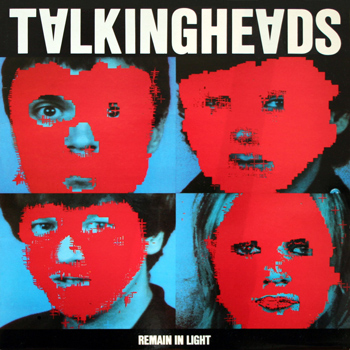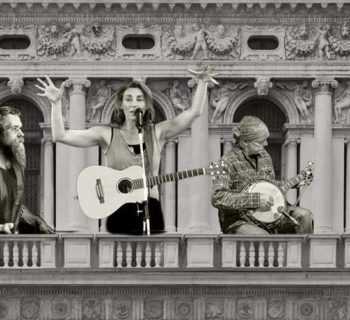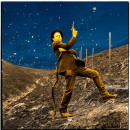And the Juno for best alternate universe goes to . . . Ronley Teper." ~ Bob Wiseman (producer, composer, musician)
The Lipliners is not so much a static entity, but an ever-morphing wagon wheel of musicians and artists that revolves around Ronley Teper, a surrealist songstress and performance artist born in South Africa and raised in Toronto. Confessing that one of her wishes is to have musical improvisers waiting for her in every country, she's already begun building an international network of alt-reality kindred spirits. A lover of mixed media, Teper has been known to refer to her collaborations as "FARTS" (fused arts).
Teper's sound evokes theatrical, burlesque, klezmer, psychedelic, blues, ambient, experimental, and traditional acoustic sounds. In one of her videos she and her band play on a streetcar with folk instruments (one plays clawhammer banjo and another plays a saw). In other videos she's in clubs, singing to loops and synths.
One of her more engaging ongoing collaborations is with Montreal animator Davide Di Saro, who uses original drawings, flash animation, and 3D graphics to bring Teper's songs to life in an alternative universe. Their latest finished work is an astonishing trilogy of videos:
1. "Faith"
Strange and wonderful ambient music and lyrics accompany strange and wonderful graphics that fit the theme of transcendence found in the song. It's like "Lucy in the Sky With Diamonds" grows up, gets screwed over, faces reality, gets depressed, then somehow learns how to rise above it all. The delightful drone works fabulously as a musical motif, and the repeated phrase, "Here comes faith, like a river to the soul," captures an old-timey element (think "Peace Like a River").
The artist uses cutout watercolor and pencil drawings, gives them shadows, layers them, and moves them around. It sounds simple but the overall look is like a benign acid trip. "Faith," the first short film in the trilogy, begins with clouds raining black ink. A slowly flowing golden river keeps reappearing at regular intervals amidst a splendid hodgepodge of continuously changing images. The visual and aural flow informs the imagination, gently teaching the ego how to say good-bye to the past and bravely welcome the unknown. At the end the first scene is played backwards to show the ink returning to the clouds.
2. "Pointy Petals"
Again we see the repeated images of eating and being eaten, a theme that seems to preoccupy this artist as a metaphor for the natural order that is at once tragedy and a blessing, cruelty and tenderness, death and rebirth, and reality is a sacred drama in which Life itself passes from one host to another. "Carry a rose wherever you go," Teper sings, "'cause you never, never know." (There's more rose after the petals fall, she explains.) Of all three videos the music is the most delightful in this one, and the art is the best, perhaps because it's the simplest and sparest.
3. "Lucky and Finnegan"
Once more we find the themes of death, resurrection, rebirth, transformation, and reincarnation. At times this video is a little too much like that twilight world you encounter just as you're falling asleep, when the unconscious world prevails upon reason, slowly gaining ground until consciousness is lost and the imagination is free to cavort unsupervised; this video is characterized by the same kind of free flowing, unfocussed creativity.
The film starts with three emanations emerging from a literal brain hanging in literal tree. A strained Tom Waits-like voice (not Teper's true voice) instones "Jim, you better give me another, because the fate of the world is a'ridin' on Lucky and Finnegan."
Who—or what—are Lucky and Finnegan, you may well ask. Canadians will be reminded of two characters, Casey and Finnegan, from the children's show Mr. Dressup, which ran from 1967 until 1996 and which Teper is sure to have seen. But in her song, "Lucky" may represent chance and "Finnegan" may represent regeneration, at least if it refers to the character in the old Irish song that inspired Finnegan’s Wake by James Joyce (in the song Finnegan died accidentally and was then accidentally brought back to life at his wake when someone spilled whiskey on him).
"Cause I have saved the world," Teper sings at the end of the song. But it's not Teper who has saved the world, but you, gentle viewer, and it's not the external world that's been saved. You've just been drawn along on a voyage of inner discovery. By loving and embracing your true self, you may just have rescued your own inner universe.












